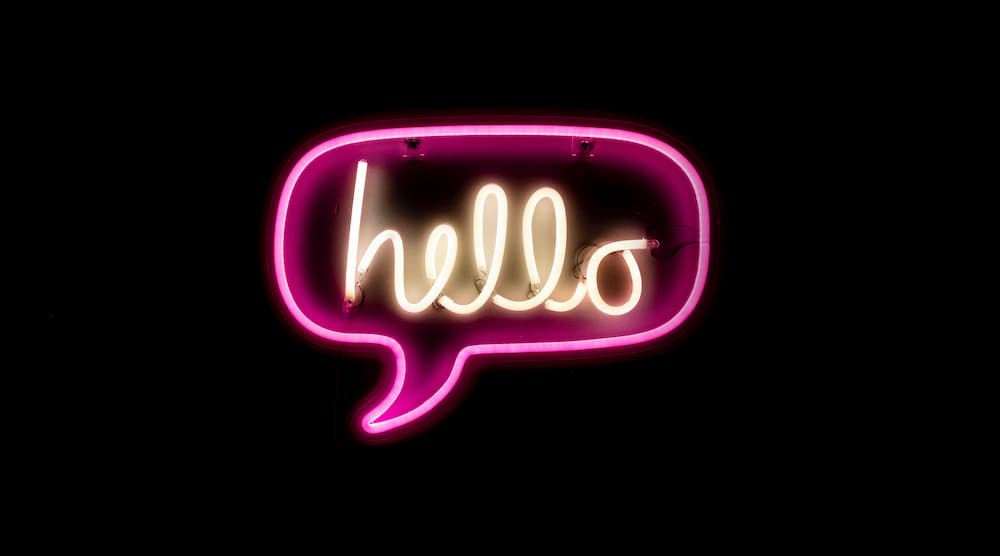Natural language generation (NLG) is a core component of how generative AI works—and that makes it worth understanding.
That's because generative AI is increasingly transforming business as usual:
Marketers and business leaders are using generative AI to reshape what's possible in content creation thanks to NLG.
But exactly is NLG?
At Marketing AI Institute, we've spent years studying AI technologies and their impact on marketing—including NLG.
We've distilled our expertise into this post, which contains everything you need to know about this transformative AI technology.
What is natural language generation (NLG)?
NLG is the capability of AI to turn data into natural language. So, NLG is AI that can write or speak language.
Chatbots, voice assistants, and AI writing tools (to name just a few) all use NLG. Basically, any AI system that's producing text is leveraging NLG in some way to do it.
(That includes ChatGPT.)
How does NLG work?
It might seem like magic to watch a machine suddenly write text. But it's really just a handful of fascinating AI technologies working together. These include:
- Language Model: This is the AI 'brain' trained on massive amounts of text that you input your prompt or data into. Language models learn patterns and nuances, enabling them to generate text that sounds human-like.
- Natural Language Processing (NLP): Think of NLP as the machine's 'reading' ability. NLP refers to the machine's ability to break down and understand your commands, prompts, and the data you provide.
- Natural Language Understanding (NLU): NLU is all about 'comprehension.' It means the machine analyzes meaning and relationships within the data to ensure the generated text is accurate and makes sense.
Using these components, NLG produces text in a step by step process:
- Data Input: The NLG system receives structured data (e.g., prompts, spreadsheets, database entries).
- NLP Analysis: NLP breaks down the data, identifies parts of speech, and analyzes syntax.
- NLU Interpretation: NLU determines the meaning and relationships within the data to guide the text generation process.
- Content Planning: The NLG system decides what information to include and how to structure sentences and paragraphs.
- Text Generation: The language model produces the final output, crafting human-readable text based on the data and insights from NLP and NLU.
What's the difference between NLG and NLP?
With all these acronyms, telling what's what can be tough. So let's break it down a little further.
NLG is the process of translating data into text or speech using AI. Natural language processing (NLP) is what gives NLG that data.
Natural language processing is the process of accurately translating what you say into machine-readable data, so that NLG can use that data to generate a response.
After all, the machine has to "understand" the prompt or conversation in order to craft a response. Put another way: NLP reads (or hears), while NLG writes (or speaks).
What's the difference between NLG and NLU?
NLP translates what you say into data. An NLG system uses that data to generate language. But what if the machine's answer makes no sense? That's where natural language understanding (NLU) comes in.
Natural language understanding is AI that uses computational models to interpret the meaning behind human language. It analyzes the data produced by NLP to understand the meaning of your words and the relationships between concepts.
NLG generates language that sounds human. NLU makes sure that human-sounding language actually means something. If the NLU does its job, you get a response from a chatbot or voice assistant that makes perfect sense.
What are some common applications of NLG?
Now, on to the good stuff:
How is NLG actually used?
NLG technology has countless commercial applications. You almost certainly experience NLG daily—whether you realize it or not. Here are just a handful of examples of advanced NLG applications:
- Chatbots and Virtual Assistants: NLG-powered conversational AI systems answer common questions, troubleshoot problems, and even take orders 24/7, freeing up human agents for complex issues.
- Voice Assistants: Voice assistants like Alexa and Siri use NLG to understand your requests, provide information, and control smart home devices.
- Machine Translation: NLG software enables real-time translation, making websites, documents, and conversations accessible to a global audience, no matter what language they speak.
- Content Creation: NLG tools can generate anything from basic product descriptions and social media posts to summaries and even full-length articles. Today, even automated content generation at scale is possible across blog posts, landing pages, product descriptions, and more.
- Automated Reporting: NLG turns raw data into clear, insightful reports, saving analysts valuable time. Analytics platforms with NLG can even break down complex data, making findings accessible to non-technical stakeholders.
- Sentiment Analysis: NLG helps companies understand how customers feel about their brand, products, or services by analyzing emotions expressed in language.
- Hyper-Personalization: NLG can tailor content and recommendations based on a person's preferences and past behavior, leading to a more engaging experience.
What natural language generation (NLG) tools should you explore?
Any generative AI tool that produces text also uses NLG. So you have plenty of tools, including ChatGPT, that you can explore starting right now. For a full, comprehensive list, check out our list of 40+ jaw-dropping generative AI writing tools.
Mike Kaput
As Chief Content Officer, Mike Kaput uses content marketing, marketing strategy, and marketing technology to grow and scale traffic, leads, and revenue for Marketing AI Institute. Mike is the co-author of Marketing Artificial Intelligence: AI, Marketing and the Future of Business (Matt Holt Books, 2022). See Mike's full bio.



